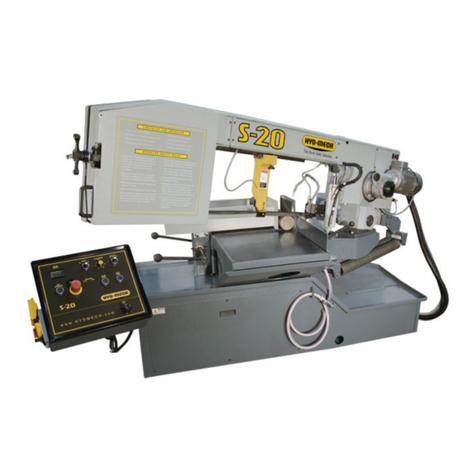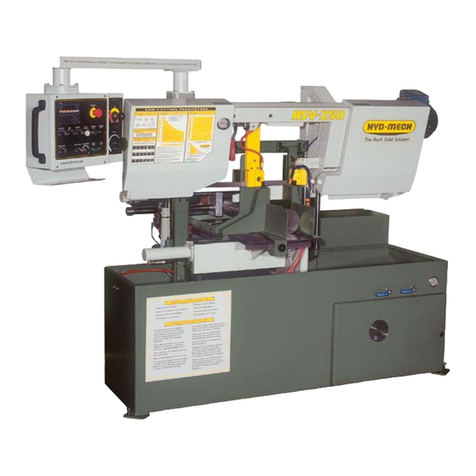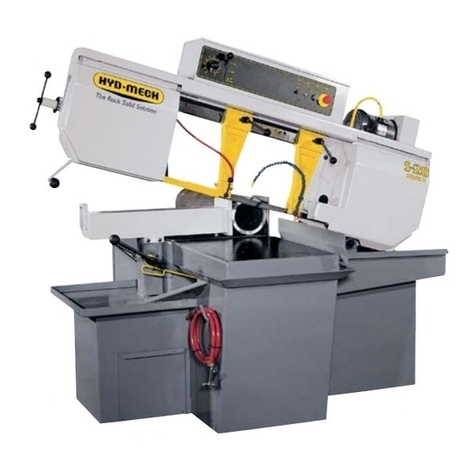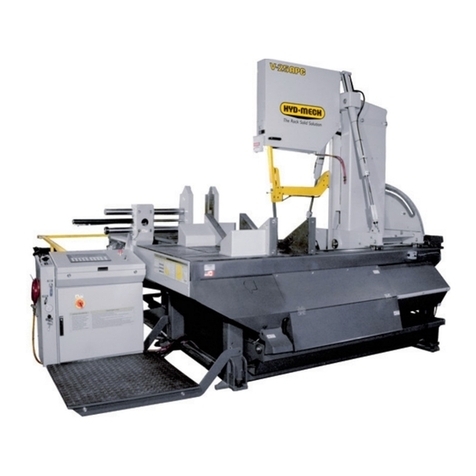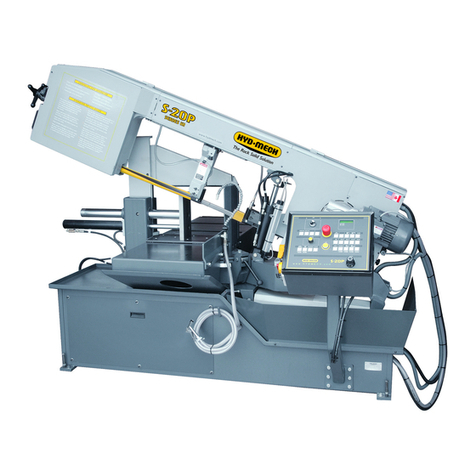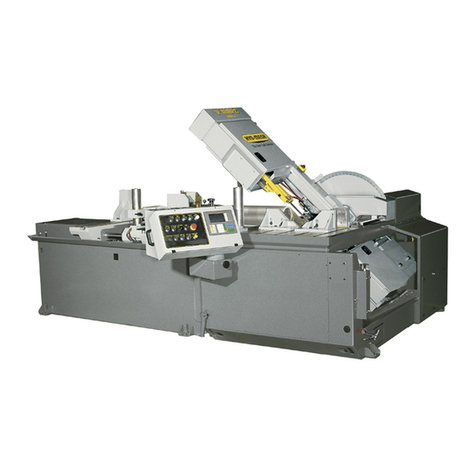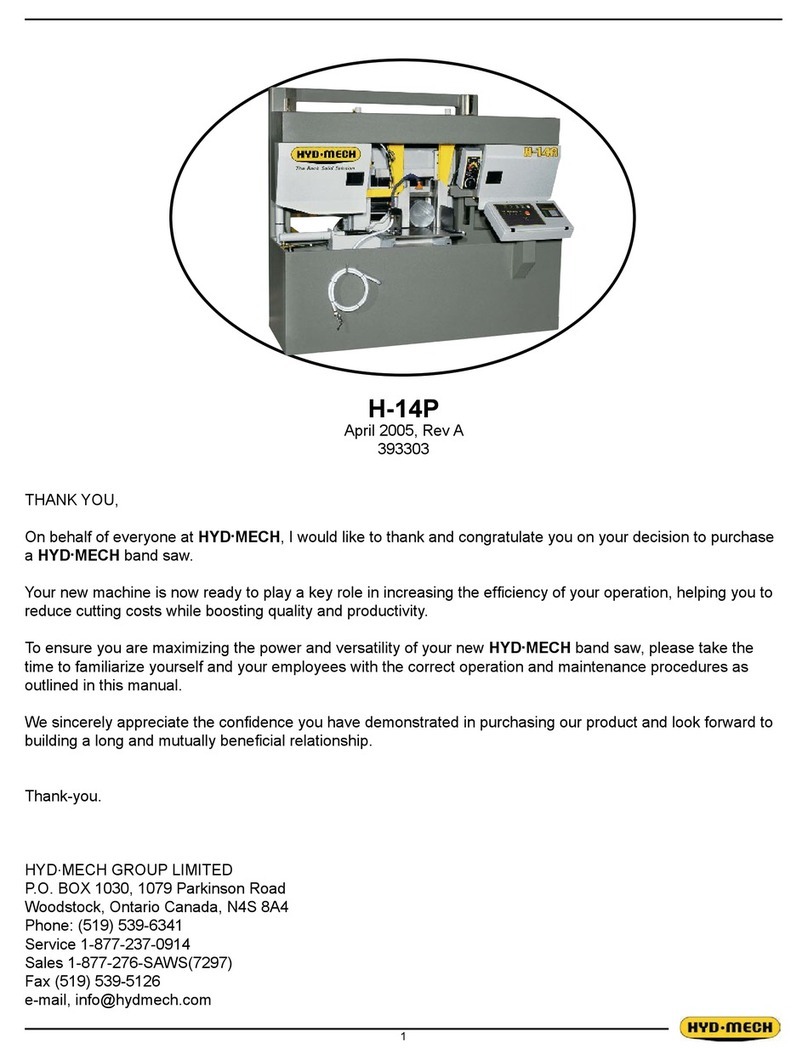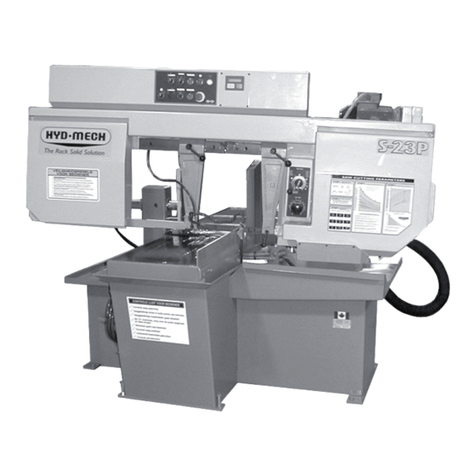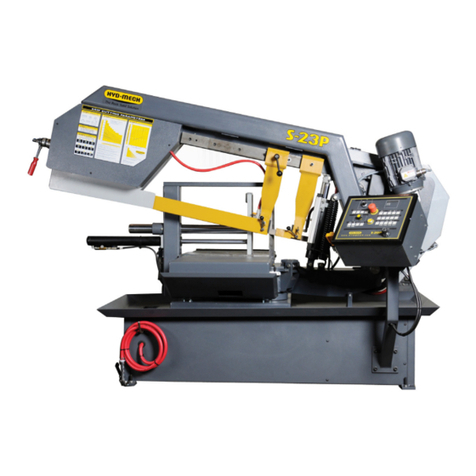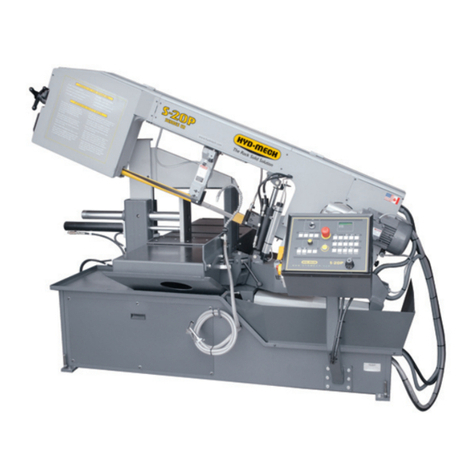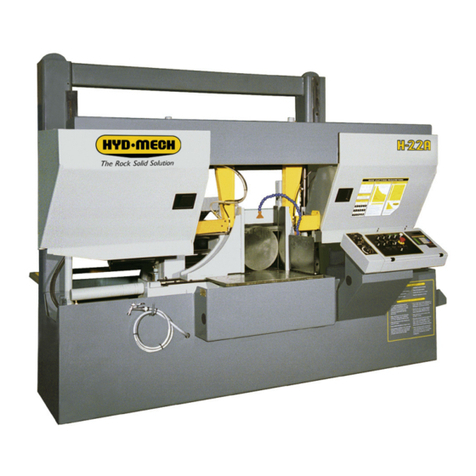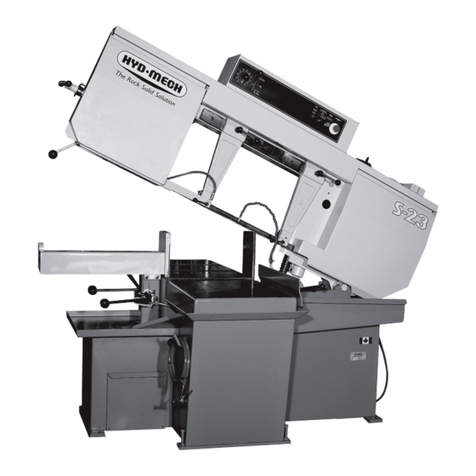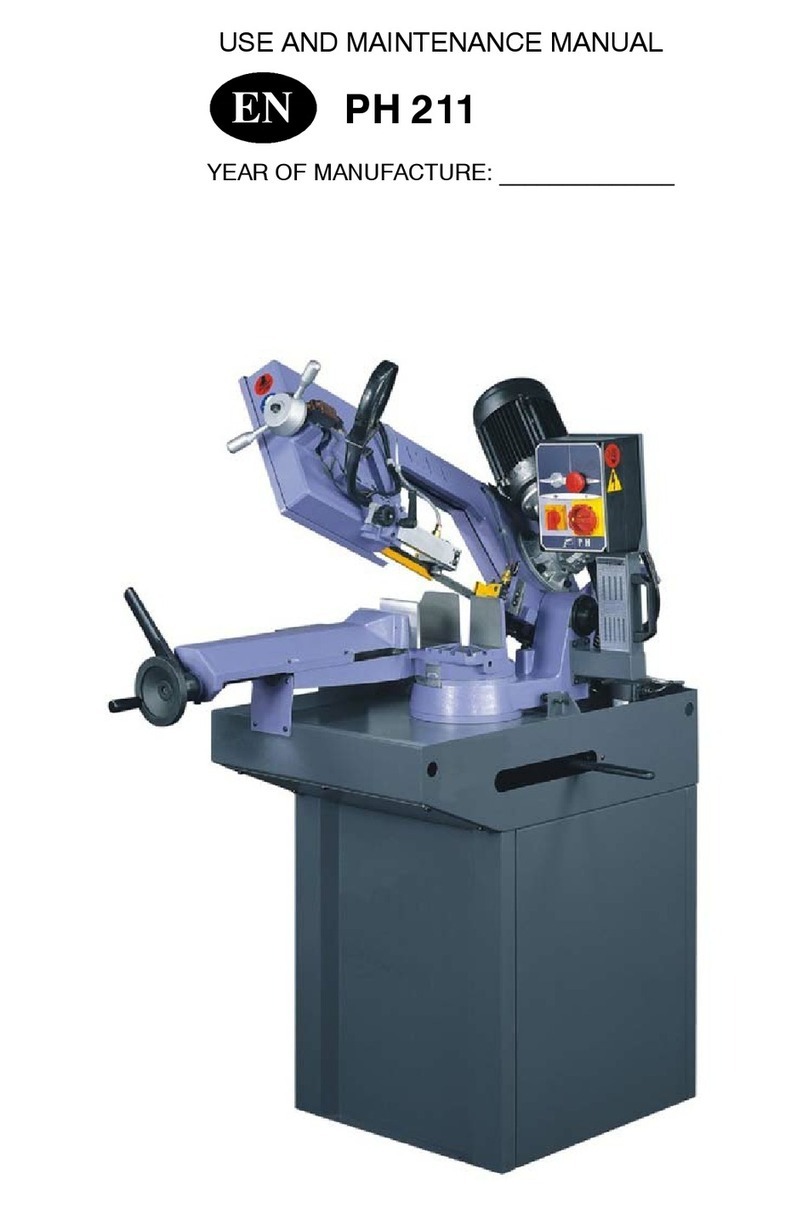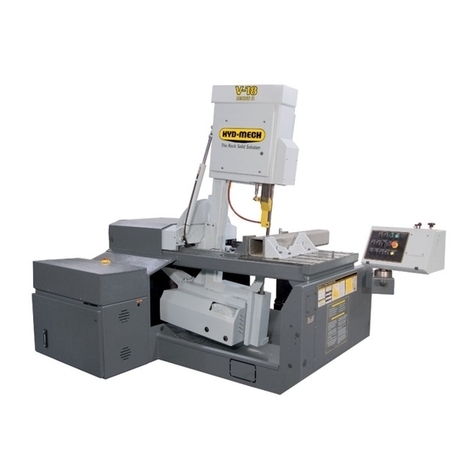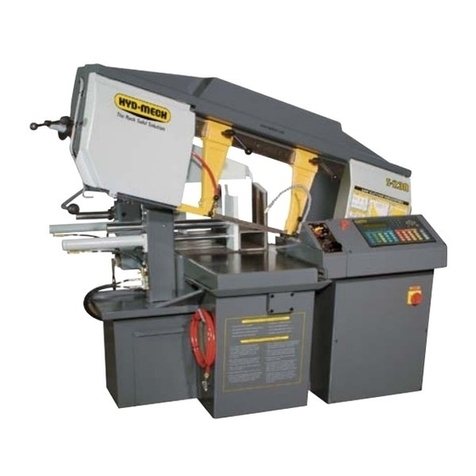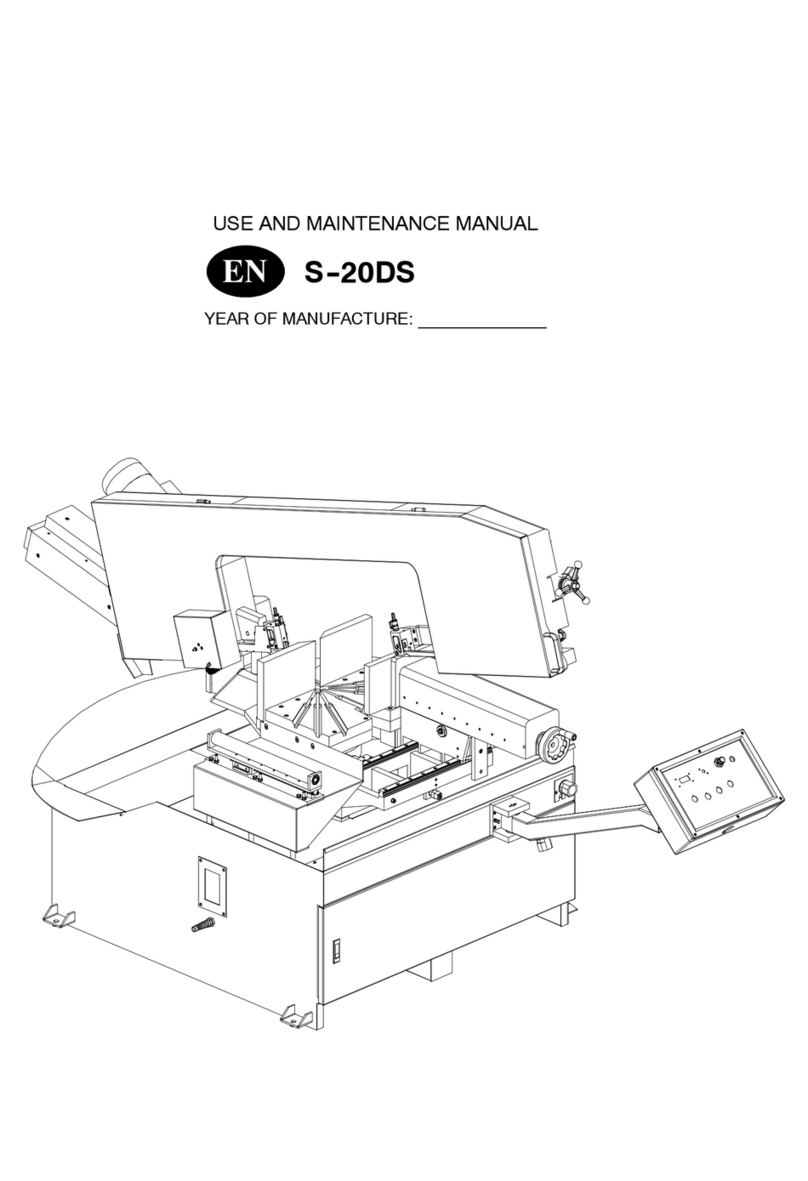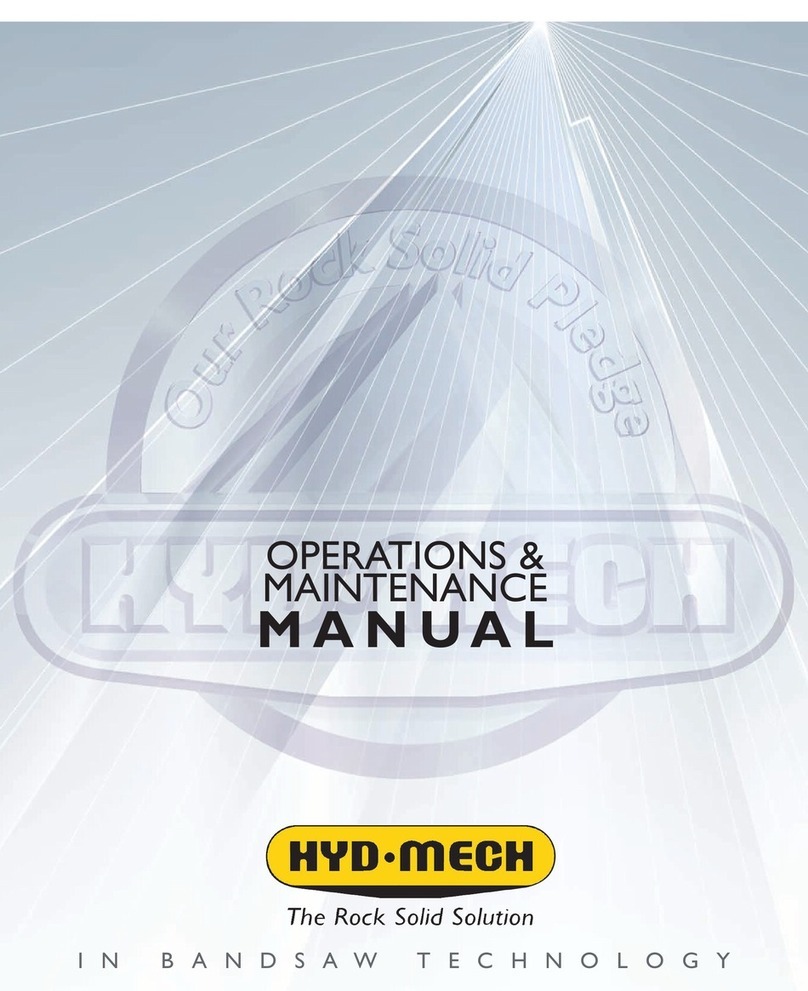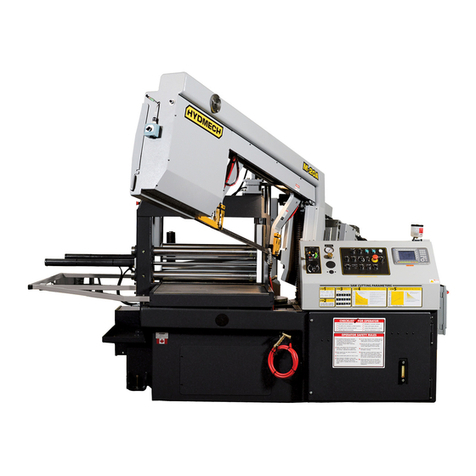
SECTION 4 - ELECTRICAL SYSTEM
General Information.................................................................................................................... 4.1
Photos of Standard Electrical Components................................................................................. 4.1
Photos of Optional Electrical Components.................................................................................. 4.3
List of Electrical Components For An S-25A With the Optioanl PLC100.................................... 4.4
List of Electrical Components For A Standard S-25A.................................................................. 4.7
Standard Electrical Schematic S25-7-00-1.......................................................... 4.12
Standard Electrical Wiring Diagram S25-70-02 pg.1............................................... .... 4.13
Wiring Diagram S25-70-02 pg. 2 ................................................. 4.14
Wiring Diagram ( Contol Box) S25-70-02 pg.3.................................................... 4.15
Electrical Schematic (PLC Option) S25A-7-00-1A ..................................................... 4.16
Electrical Wiring Diagram PLC S25A-7-00-2A pg.1 ............................................. 4.17
Electical Wiring Diagram PLC (Control Box) S25A-7-00-2A2 pg.2 ........................................... 4.18
SECTION 5 - HYDRAULIC SYSTEM
General Information.................................................................................................................... 5.1
Parts List and Photos of Hydraulic Components.......................................................................... 5.1
Cylinder Components .................................................................................................................. 5.2
Positive Downfeed Valve Components ...................................................................................... 5.3
Hydraulic Schematic S25A-6-00-1 ...................................................... 5.4
Hydraulic Plumbing Diagram S25A-6-00-2 ....................................................... 5.5
Plumbing Diagram (VVP Option) S25A-6-00-2....................................................... 5.6
SECTION 6 - MECHANICAL ASSEMBLIES
Parts List and Photos:
Blade Guide Arm Assembly........................................................................................................ 6.1
Guide Arm Rack Assembly......................................................................................................... 6.2
Blade Brush Assembly................................................................................................................ 6.3
Drive Assembly.......................................................................................................................... 6.4
Idler Wheel Assembly................................................................................................................. 6.5
Vise Cylinder Mounting Assembly............................................................................................... 6.6
Front Table Assembly ................................................................................................................ 6.7
Gearbox Assembly.................................................................................................................... 6.8
Auxiliary Table Assembly............................................................................................................ 6.9
Shuttle Guide Assembly.............................................................................................................. 6.10
Infeed Conveyor assembly......................................................................................................... 6.11
Pivot Link Assembly.................................................................................................................. 6.12
Head Swing Assembly............................................................................................................... 6.13
Coolant System Assembly.......................................................................................................... 6.14
Outfeed Table Assembly............................................................................................................. 6.15
Length Control Assembly............................................................................................................ 6.16
SECTION 7 - OPTIONAL SAW EQUIPMENT
Overhead Bundling Attachment.................................................................................................. 7.1
Variable Vise Pressure................................................................................................................ 7.2
Blade Breakage Switch............................................................................................................... 7.3
Out of Stock Limit Switch............................................................................................................ 7.4
Remote Blade Speed Adjustment............................................................................................... 7.5
SECTION 8 - SPECIFICATIONS
Specification List........................................................................................................................ 8.1
Dimensional Drawings................................................................................................................ 8.2
SECTION 9 - WARRANTY
Warranty..................................................................................................................................... 9.1
